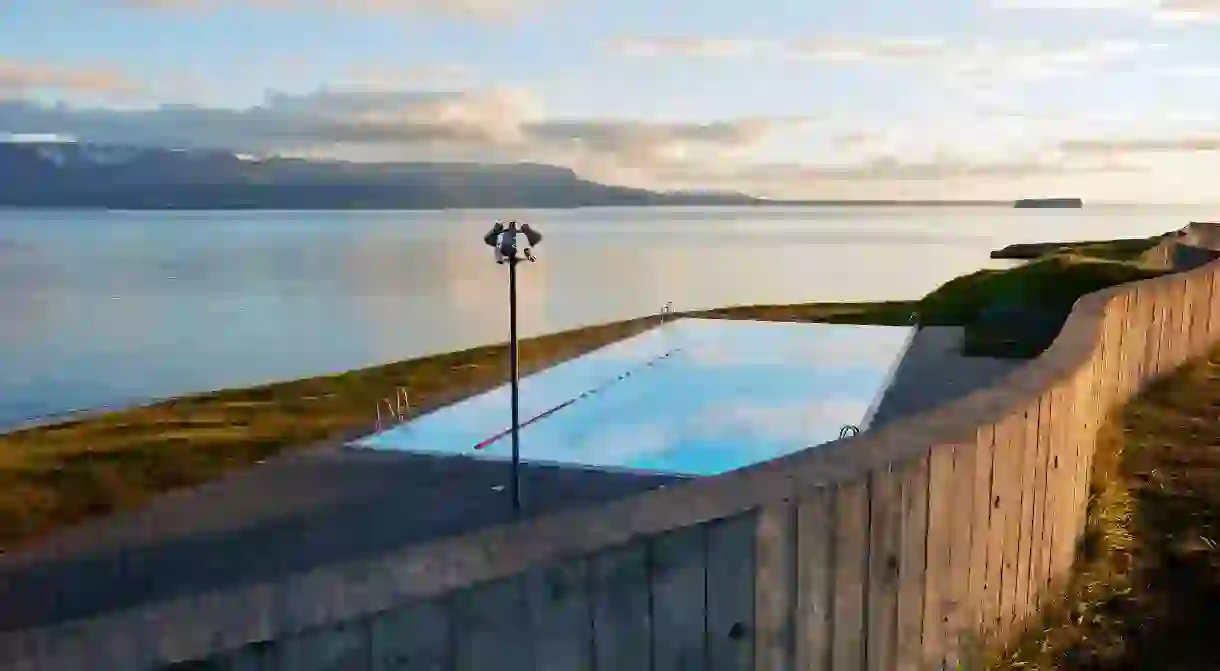A Travel Guide to Iceland for Design Enthusiasts

Icelandic design is internationally renowned for its ingenuity, creativity and unique style, and Icelanders are justly proud of their aesthetic culture. The agency Iceland Design and Architecture focuses on this cultural pride and highlights some of the design delights that can be enjoyed throughout the country. From hotels to cultural venues, we look at some of the greatest sites that Reykjavík and the rest of Iceland have in store.
KEX
Building

Hofsós Swimming Pool by Basalt Arkitektar
Swimming Pool
Icelandair Hotel Reykjavík Natura
Building
Reykjavík Harbour Path
Architectural Landmark
It is a rare treat to have an operating fishing harbour right in the centre of the capital, and in recent years, the harbour area has become more and more interesting and alive. The Harbour Path is a beautifully simple work by architect Massimo Santanicchia and his team (Mattia Gambardella and Ragnar Már Nikulásson). According to architect Hildur Gunnlaugsdóttir from the city of Reykjavík, the project aims at connecting the harbour and to revive some of its dead spaces. Using yellow, white and blue quick-dry paint, also used for marking road surfaces in Iceland, Santanicchia and his team connected the entire harbour area with a 1.4km-long(0.86mi) path that reaches from Harpa to the Grandi. Most people did not realise that it was possible to walk through this area, thinking that some of the areas were fenced off and inaccessible. Hildur Gunnlaugsdóttir said she felt that a strong graphic connecting path would address the issue.
The Nordic House by Alvar Aalto
Building, Library, Shop

Reykjavík City Harbour
Architectural Landmark
The area of Reykjavík downtown harbour plays an important role in the city’s master plan for the years 2010 to 2030. As the harbour’s storage buildings have emptied, designers and creatives were the first to follow the competitive workspace rents. In just a few years, gaming companies, custom bike shops, coffee houses and galleries have followed. With new hotels and housing planned, the area is constantly changing. The aim is to re-establish its original role as one of the city’s most vibrant areas. Luckily, the new plans also back away from the pre-financial crisis plans of rebuilding everything from scratch. Rather, the plan is to mix new and old buildings with respect to the old. First steps will be taken on the currently empty slot between the Icelandair Hotel Reykjavík Marina and the Reykjavík Maritime Museum.













